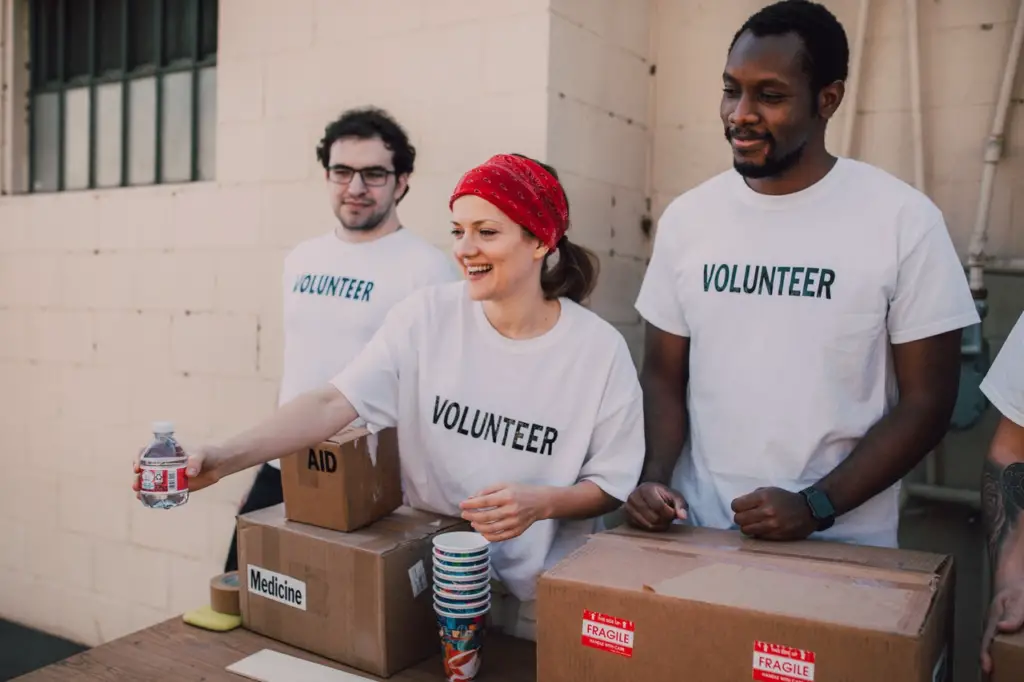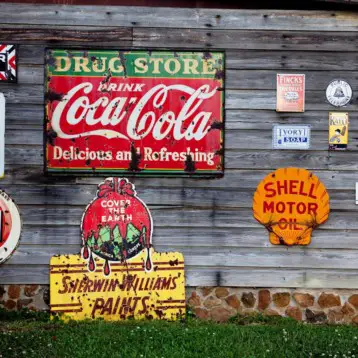
It seems like research is starting to catch up with what many people have always known: Charitable acts make for happier humans. In fact, acts of kindness are proven to be both psychologically and physiologically good for people. Philanthropy actually changes brain chemistry in specific ways.
The human brain remains a burgeoning science and is widely regarded by scientists as the last true frontier in medicine.
“Scientists know that the brain is made up of vast numbers of neurons and that these neurons communicate with each other — but how does all this neural activity give rise to human thought?” asked an article published by Carnegie Mellon University.
“The study of the mind and brain is the last frontier in science. Although the field has made enormous progress over the past several decades, understanding of the basic principles of thought and brain function are still far more unknown than known,” said Michael Tarr, co-director of the Center for the Neural Basis for Cognition and the Cowan Professor of Cognitive Neuroscience. “Personally, I think that unraveling how the mind and brain work is a significant step in understanding what makes humans human.”
Thus far, discoveries about kindness and the brain involve two primary neural pathways that were outlined in a recent Desert Sun article: One is the mesolimbic pathway, which is the same area that distributes dopamine – a feel-good chemical.
The other is the subgenual area of the brain that helps people form social connections.
“In an age where isolation and loneliness are all too common, giving to charity can serve as an important reminder that we’re all interconnected and need to support each other,” according to the article.
According to the Cleveland Clinic, the health and psychological benefits of kindness can include: higher self-esteem, lower depression, lower stress, lower blood pressure, a longer life and greater happiness and satisfaction.
“There’s just something about the delight of gift-giving that makes us feel good, but there’s actually science backing it up,” said the Cleveland Clinic blog. “Research says that people who give social support to others have lower blood pressure than people who don’t. Supportive interaction with others also helps people recover from coronary-related events.”
Once a person accepts that giving is good and decides to participate in volunteering or philanthropy, how do they decide which organizations get their efforts and funding?
According to the National Center for Charitable Statistics there are over 1.5 million nonprofit organizations in the world ranging from the arts and sciences to advocacy, health, education and labor unions.
Discovering the right volunteer effort could – and likely should – involve some soul searching, according to the Forbes Nonprofit Council. A person should think about how their personal values align with the organization before deciding to commit. Interested in helping advocate for children?
Consider court-appointed advocacy for children with an organization called CASA/GAL. Interested in environmental activism? Check out organizations like the Nature Conservancy or the National Wildlife Federation. Wondering about how to help children in third-world countries through education? Check out WE Charity, Room to Read or Save the Children.
Out of over 1.5 million organizations, there are nearly countless options to fit a person’s interests.
And if there is an attempt and things don’t quite fit? Well, there are plenty of ways to help and tons of organizations from which to choose.
Other tips from the Forbes blog include figuring out what kind of do-gooder you want to be. Do you want to have a hyper local focus? A regional or national focus or work on helping the far reaches of the globe?
There is no one-size-fits-all approach and for some people, they find volunteer organizations that will allow for them to either share their skill sets, expand on things they already know, or work toward learning something entirely new.
It takes research and effort to find the right fit, but the benefits are numerous. After all: it feels good to do good.










